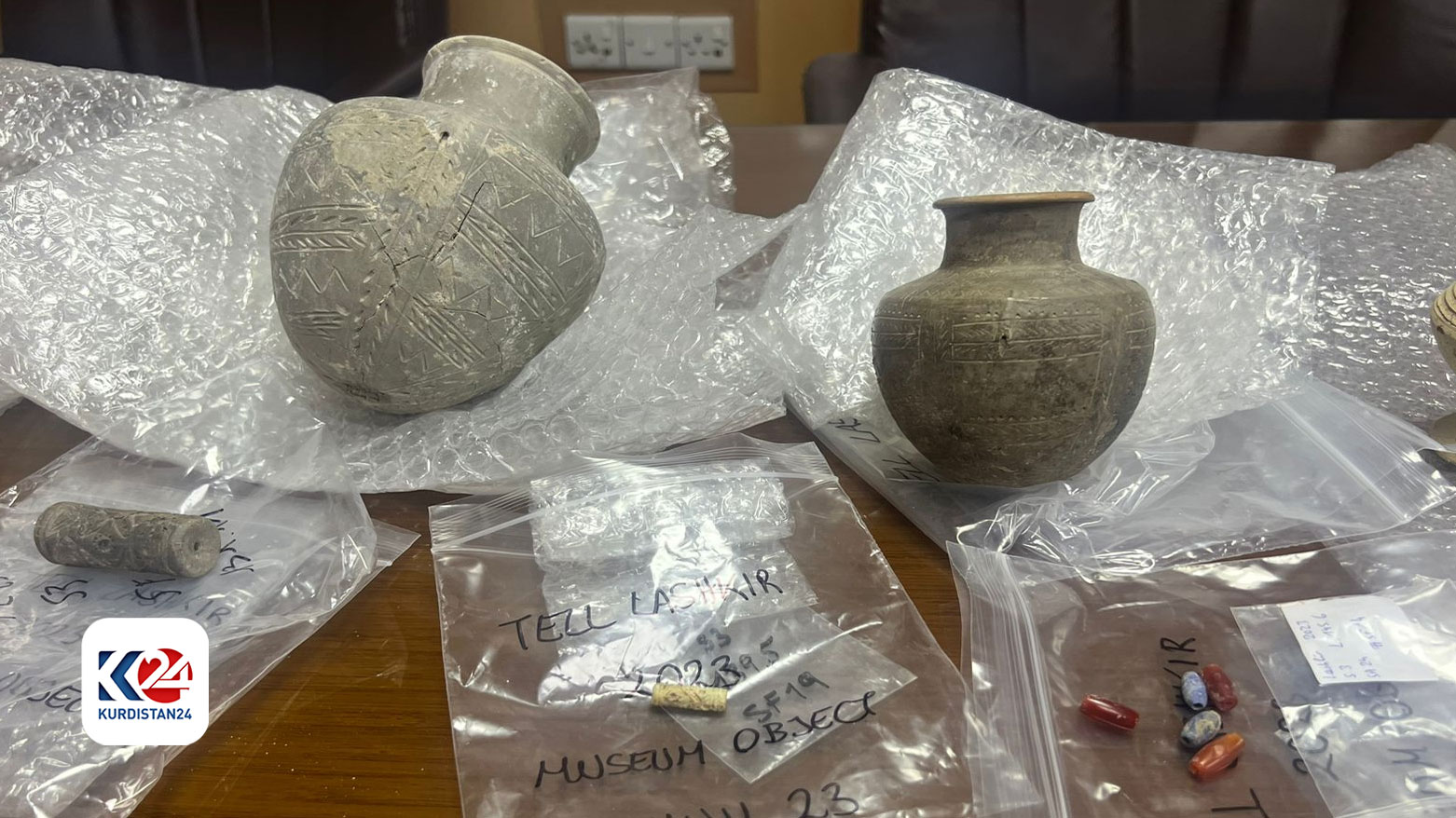International researchers uncover remains of ancient city at Gird Lashkar

ERBIL (Kurdistan 24) – Researchers from Salahaddin University and the Autonomous University of Barcelona (UAB), in collaboration with the Erbil Archaeological Directorate, have made significant discoveries at Gird Lashkar, which they believe could contribute to the rewriting of Kurdistan's ancient history.
The researchers have been conducting an archaeological excavation project at Gird Lashkar since 2016.
This site, covering four hectares and standing 14 meters high, is believed to be an ancient city with continuous habitation from the Stone Age to the Early Bronze Age (3500-2000/1900 BC).
The site includes remnants of kitchen rooms, food preparation areas, and evidence of grain, corn, and domestic animal use.
During the 2024 excavation season in April and May, researchers analyzed three archaeological layers, uncovering brick houses and a room with a large furnace or oven containing food and grain.
They also discovered a renovated grave from 2023 with 20 pots buried within it.
The team emphasizes that Gird Lashkar holds substantial historical value, offering insights into ancient urban life and continuity through significant periods of early civilization.


